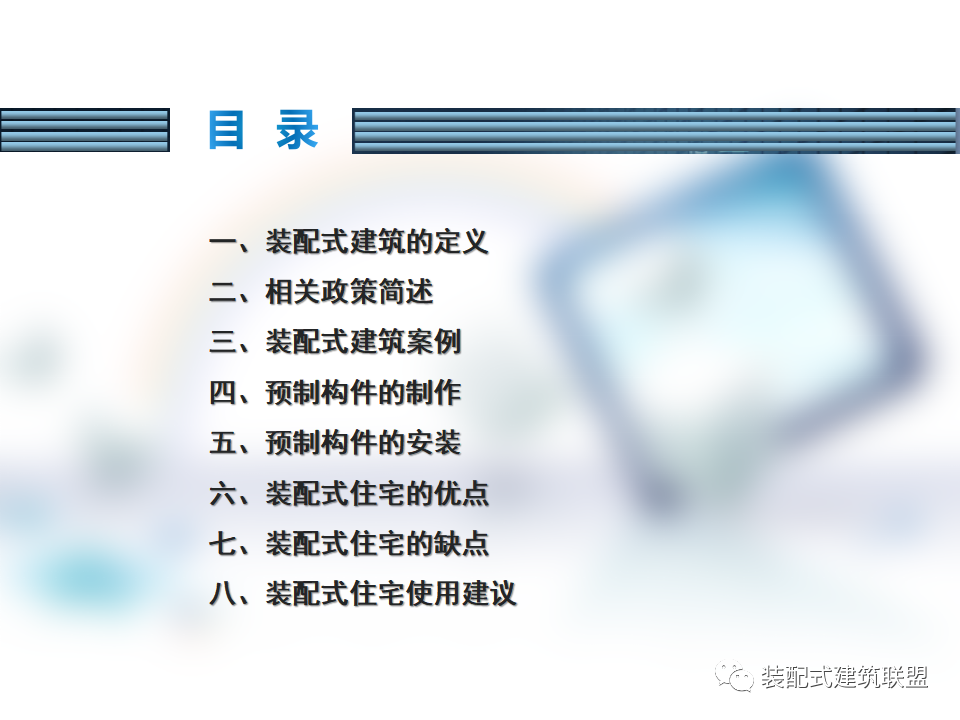Tesco selects global pure vegetarians just to make your elegant lifestyle easier
.
Coffee shell is the paper-based natural material around coffee beans
.
When coffee beans are roasted, they will fall off, usually turn into waste, dump in piles, and release a powerful greenhouse gas methane
.
But a company in Colombia has found a new use, combining coffee shells with recycled plastics to create a new sustainable material
.
Photo: woodpecker WPC, a Bogota based woodpecker company, combines recycled plastics with discarded coffee shells to create environmentally friendly housing materials
.
This material makes houses easy to build, lightweight, and prefabricated, while reducing methane emissions from food waste
.
Photo: woodpecker WPC’s website produces affordable housing
.
Woodpecker produces lightweight, sustainable prefabricated buildings that can be easily transported and built anywhere (such as houses or classrooms)
.
Photo: woodpecker WPC official website these independent, standardized parts (coffee shell plastic plate combined with steel frame) – are buckled together like Lego building blocks, and can build a house with the least building knowledge and tools
.
Woodpecker has been producing sustainable housing and other construction fields for more than 10 years
.
Due to the large-scale production methods and the low cost of materials, the prefabricated price of each house is only $4500 (about RMB 30000)
.
Photo: woodpecker WPC official website Alejandro Franco, chief executive of woodpecker WPC, told the media: “we see that in rural and remote areas, light buildings such as houses and classrooms are of great necessity
.
In these areas, traditional building materials such as bricks, cement and concrete are difficult to transport and expensive.” In response to the extensive damage caused by Hurricane iota last year, the Colombian government used woodpecker’s environmentally friendly houses to accommodate those displaced by the disaster
.
Photo: woodpecker WPC official website: Although the energy supply is insufficient, the infrastructure is damaged and the building conditions are difficult, the company’s light buildings provide fast and practical solutions for ground personnel
.
Why use coffee shells to build sustainable housing? Photo: woodpecker WPC official website woodpecker decided to use coffee shell after testing several different natural fibers (including sawdust, rice, palm and grass) combined with different kinds of recycled plastics
.
Compared with other materials, coffee shell has more unique advantages, such as good fire resistance, high durability, and even resistance to insect erosion! Photo: woodpecker WPC website Franco explains: “coffee shell is chosen because it is stronger and drier than other fibers.”
.
Colombia is also the third largest coffee producer in the world after Brazil and Vietnam, according to statista, which means coffee skins can be supplied nationwide
.
Photo: woodpecker WPC official website in addition to building materials, research shows that coffee shell has great potential for biogas power generation
.
Coffee shells can also be composted or used as bedding for animals, and the automaker Ford has even incorporated the waste into its sustainable car seat cover program
.
Video: woodpecker WPC YouTube as woodpecker continues to build housing in other low-income areas, they also want government approval to help residents of the island rebuild on a larger scale
.
For the affected residents, this sustainable house is an excellent solution to the local housing crisis
.
[
.


